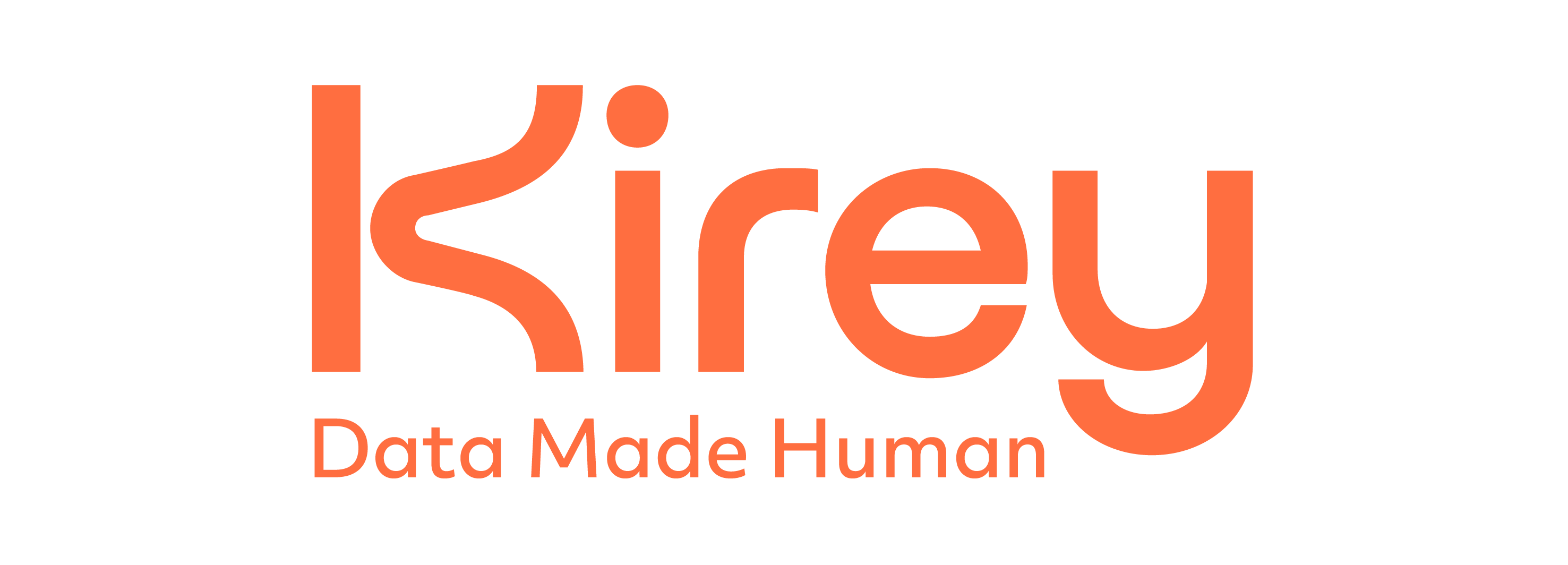In Italy, cyberattacks increased by 15% in the past year (Clusit). The attack surface has grown exponentially over time, data has gained strategic value, and attackers have become faster and more organized. For this reason, defense can no longer rely on traditional approaches and must instead be integrated into the entire software development lifecycle. This is where the concept of secure code comes into play.
The key components of application security
It is clear that security cannot be an afterthought or something managed only at the end of a software project. On the contrary, it must be an integral part of the entire Software Development Life Cycle (SDLC) and, ideally, based on modern methodologies such as DevSecOps, which aim to integrate security at every stage of development, from design to release.
Does 100% secure software exist?
To address this topic effectively, it’s essential to clarify what we mean by 'secure code'. In absolute terms, software completely free of present or future vulnerabilities is little more than a utopia, because software lives within an ever-evolving ecosystem. New vulnerabilities are discovered every day, updates are necessary (which may introduce new risks themselves), regulatory requirements change, and attackers continue to become more skilled and resourceful.
In a software development project, one must also strike a balance between security, performance, and costs. Applying every possible security measure to code would make many applications slow, too expensive, or impossible to release within business timelines. In other words, an all-in approach to code security is not sustainable.
What makes software secure is the process
Talking about secure code means building secure applications in a thoughtful way, tailored to the context in which the software will operate. For example, an internal application handling low-sensitivity data has very different security needs compared to a healthcare management system or an online payment platform.
Integrating security measures into application code is therefore part of a broader process, which can be summarized as follows:
- Analysis of security requirements for the application, both functional (authentication, encryption, input validation…) and non-functional (performance, usability under security constraints…).
- Threat modeling, that is, identifying the threats the application may face, taking into account users, environments, hostile actors, and possible attack vectors. This phase is crucial for setting priorities, avoiding the mistake of devoting equal time and resources to all threats.
- Selection of security measures. Based on the identified risks, concrete measures are chosen and mapped to the appropriate areas: input validation, secure session management, secure logging;
- Coding. Code is written with the necessary protections in place, following shared guidelines and consistent security policies.
- Code testing through static tests (SAST), dynamic tests (DAST), and increasingly penetration testing, in order to detect vulnerabilities before release.
When this process is seamlessly integrated into development workflows—with tools, policies, and a shared culture—the result is a virtuous model and, above all, an application that, under the right conditions, can be considered secure.
Integrating security into code: method and shared references
Once requirements have been analyzed, threats modeled, and measures selected, the time comes to translate decisions into code. At this stage, individual developer judgment, skill, or sensitivity is not enough: a shared, structured, and consistent method is required.
The centrality of shared best practices
To integrate security measures into code, every team (internal or external) must follow a common foundation of best practices. This not only helps avoid known vulnerabilities but also ensures consistency across corporate projects.
Without clear references, every application risks being a standalone case. If new threats emerge (e.g., a compromised common dependency), the company would lack a clear view of which applications are exposed and which are not. Each assessment would become an investigation in itself, consuming time, resources, and focus, even just for a preliminary evaluation.
From ISO 27001 to OWASP: reliable references
Fortunately, companies do not need to develop their own secure coding framework from scratch. Over time, several international references have been established on this topic, including:
- CERT Secure Coding Standards, developed by the Software Engineering Institute at Carnegie Mellon University, covers languages such as C, C++, Java, and Perl.
- NIST SSDF (Secure Software Development Framework) is a framework adaptable to different development methodologies and based on the principle of security by design.
- ISO/IEC 27034, the international standard for Application Security. It provides a platform for integrating security into software system management practices, from design to deployment.
- OWASP Secure Coding Practices is an action-oriented guide designed to help developers write secure code in the context of web applications, though it is useful in other scenarios as well. The OWASP guide is organized into thematic areas (input validation, authentication, session management, access control, error handling…) and provides practical, easily applicable recommendations for modern development workflows. It is meant to serve as a hands-on reference, to be kept at hand during development once it has been determined what to apply and how.
From reference to concrete action
Having a guide or standard is essential, but turning principles into concrete activities requires adapting them to the company’s reality—its processes, roles, and tools. In practice, this means:
- Formalizing company secure coding policies, based on established references (such as OWASP), but tailored to the specific organizational context and the way software is built.
- Integrating automated checks into the development lifecycle through SAST tools and dependency scans, ensuring proper integration within CI/CD pipelines.
- Creating checklists and project templates to help teams avoid overlooking critical aspects such as error handling, configuration hardening, or input validation.
- Planning continuous training sessions, since security is never static and threats evolve rapidly.
If you want to turn secure-coding principles into operational practice, our team is ready to support you with secure software development and DevSecOps integration. Contact us to discuss the best solution for your organization.
